Nationality Indian Known for Indian freedom fighter | Name Kittur Chennamma Role Prince | |
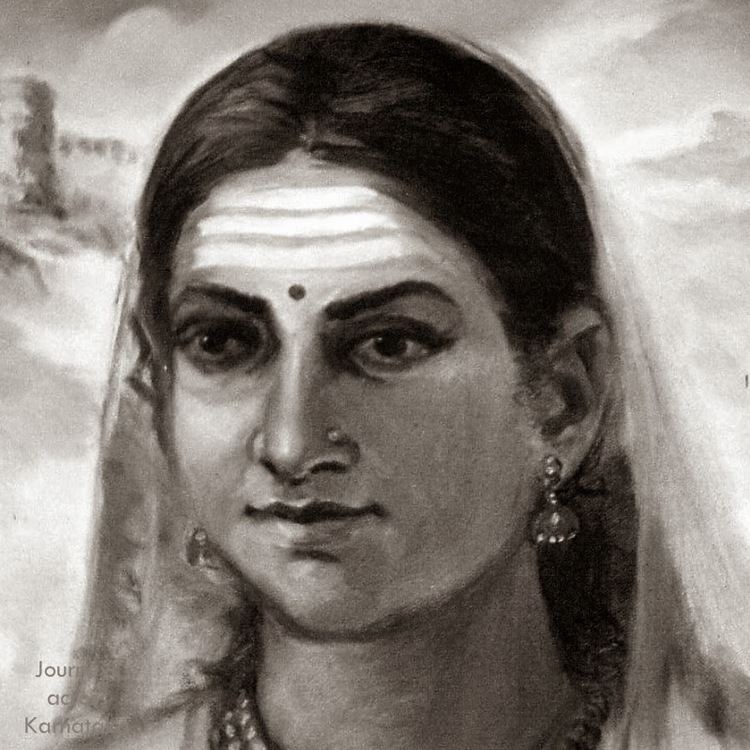 | ||
Born 23 October 1778 ( 1778-10-23 ) Kakati, Belgaum Taluk, British India Similar People Sangolli Rayanna, Onake Obavva, Keladi Chennamma | ||
Leaders from Lingayat Community, have come together for Kittur Chennamma Jayanti Celebrations
Kittur Chennamma (23 October 1778 – 02 February 1829) was the Queen of Kittur, a princely state in Karnataka. She was one of the Indian female ruler to lead an armed rebellion against the British East India Company in 1824 because of the effect of doctrine of lapse. The resistance ended with her arrest and she became a symbol of the independence movement in India. In the state of Karnataka, she is celebrated along with Abbakka Rani, Keladi Chennamma and Onake Obavva, as the foremost women warriors and patriots. Chennamma was a member of the Lingayat sect.
Contents
- Leaders from Lingayat Community have come together for Kittur Chennamma Jayanti Celebrations
- Veera Raani Kittur Chennamma Lavani 1 of 53gp
- Early life
- Rebellion against the British
- Killing of Rayanna
- Statue at Parliament House complex New Delhi
- Burial place
- In popular culture
- References
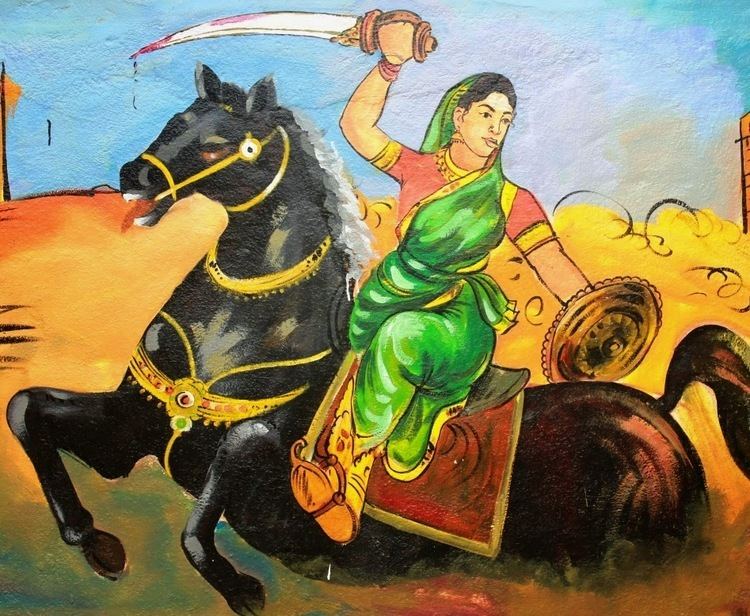
Veera Raani Kittur Chennamma Lavani 1 of 5.3gp
Early life

Chennamma was born in Kakati, a small village in what is now the Belagavi District of the Indian state of Karnataka.
Rebellion against the British
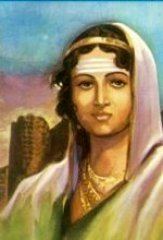
She became queen of her native kingdom and married Raja Mallasarja, of the Desai family at the age of 15, and had one son. After their son's death in 1824 she adopted Shivalingappa, and made him heir to the throne. The British East India Company did not accept this and ordered Shivalingappa's expulsion, using a policy of paramountcy and complete authority (doctrine of lapse officially codified between 1848 and 1856 by Lord Dalhousie), but Chennamma defied the order.
Killing of Rayanna
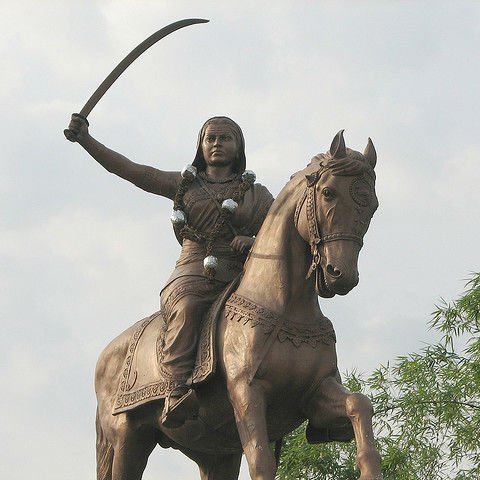
Rani Chennamma sent a letter to Mountstuart Elphinstone, Lieutenant-Governor of the Bombay Presidency pleading the cause of Kittur, but her request was turned down, and war broke out. The British tried to confiscate the treasure and jewels of Kittur, valued at around 1.5 million rupees. They attacked with a force of 20,797 men and 437 guns, mainly from the third troop of Madras Native Horse Artillery. In the first round of war, during October 1824, British forces lost heavily and St John Thackeray, collector and political agent, was killed in the war. Amatur Balappa, a lieutenant of Chennamma, was mainly responsible for his killing and losses to British forces. Two British officers, Sir Walter Elliot and Mr. Stevenson were also taken as hostages. Rani Chennamma released them with an understanding with Chaplin that the war would be terminated but Chaplin continued the war with more forces. During the second assault, Subcollector of Solapur, Mr. Munro, nephew of Thomas Munro was killed. Rani Chennamma fought fiercely with the aid of her lieutenant, Sangolli Rayanna, but was ultimately captured and imprisoned at Bailhongal Fort, where she died on 02 February 1829. Chennamma was also helped by her lieutenant Gurusiddappa in the war against British.
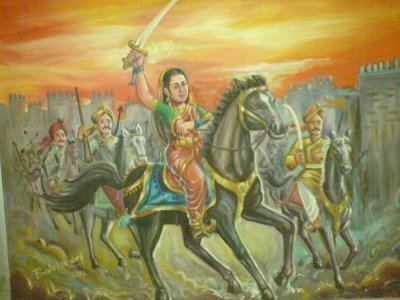
Sangolli Rayanna continued the guerrilla war to 1829, in vain, until his capture. He wanted to install the adopted boy Shivalingappa as the ruler of Kittur, but Sangolli Rayanna was caught and hanged. Shivalingappa was arrested by the British. Chennamma's legacy and first victory are still commemorated in Kittur, during the Kittur Utsava held on 22–24 October annually.
Statue at Parliament House complex, New Delhi
On 11 September 2007 a statue of Rani Chennamma was unveiled at the Indian Parliament Complex by Pratibha Patil, the first woman President of India. On the occasion, Prime Minister Manmohan Singh, Home Minister Shivraj Patil, Lok Sabha Speaker Somanath Chatarjee, BJP leader L.K.Advani, Karnataka Chief Minister H.D.Kumaraswamy and others were present, marking the importance of the function. The statue was donated by Kittur Rani Chennamma Memorial Committee and sculpted by Vijay Gaur.
Rani Chennamma's statues are installed at Bangalore and Kittur also.
Burial place
Rani Chennamma's samadhi or burial place is in Bailhongal taluk, but is in neglected state with poor maintenance and the place is surrounded by a small park maintained by Government agencies.
